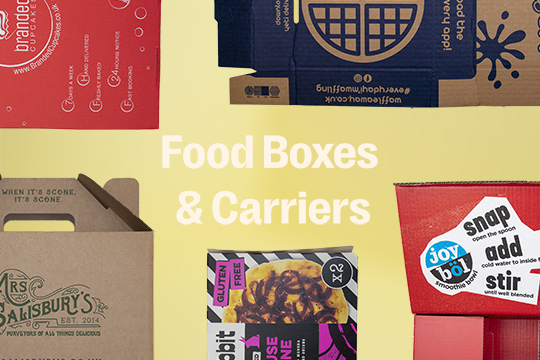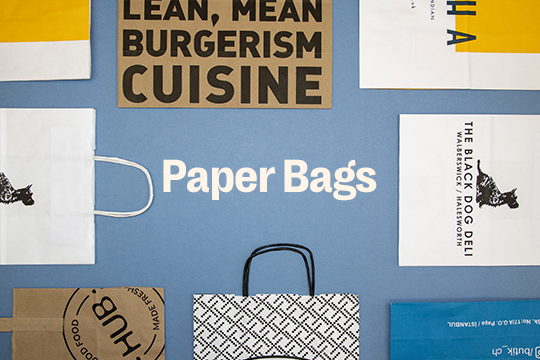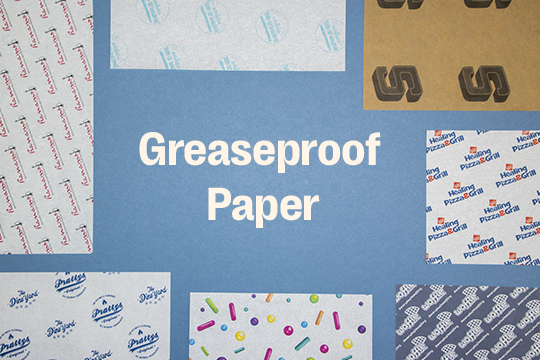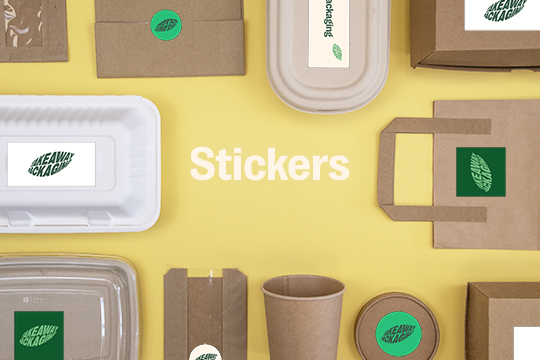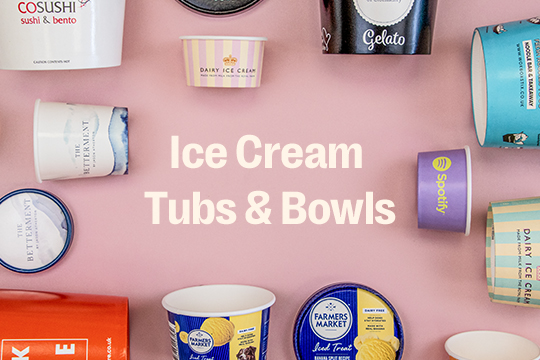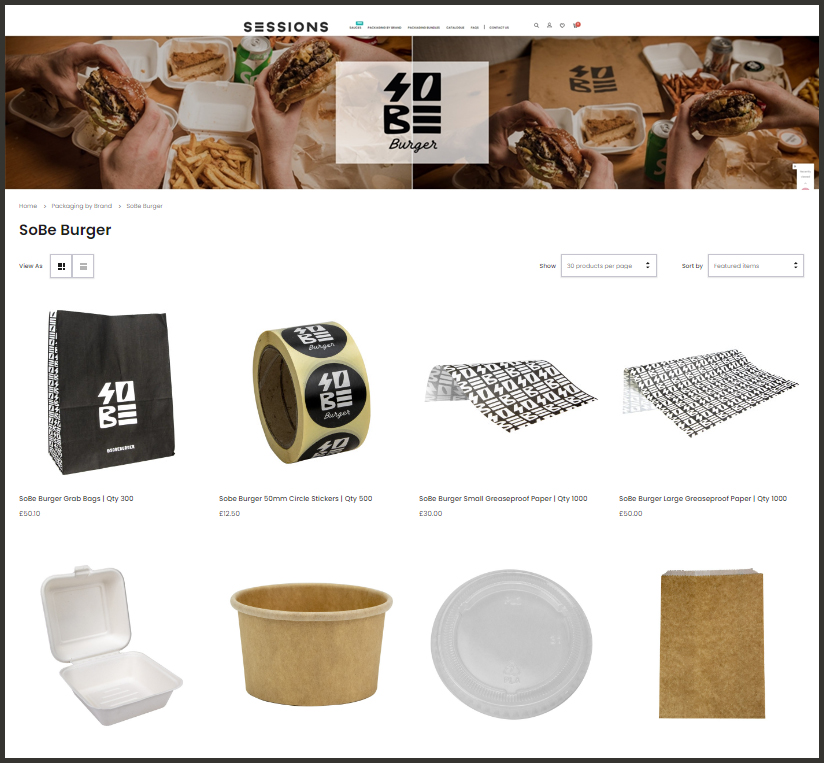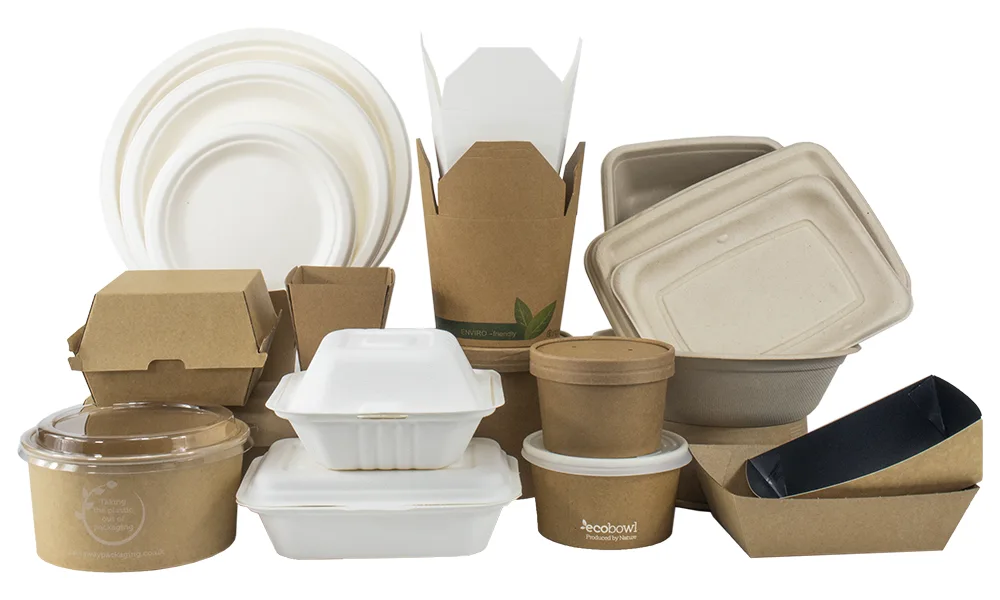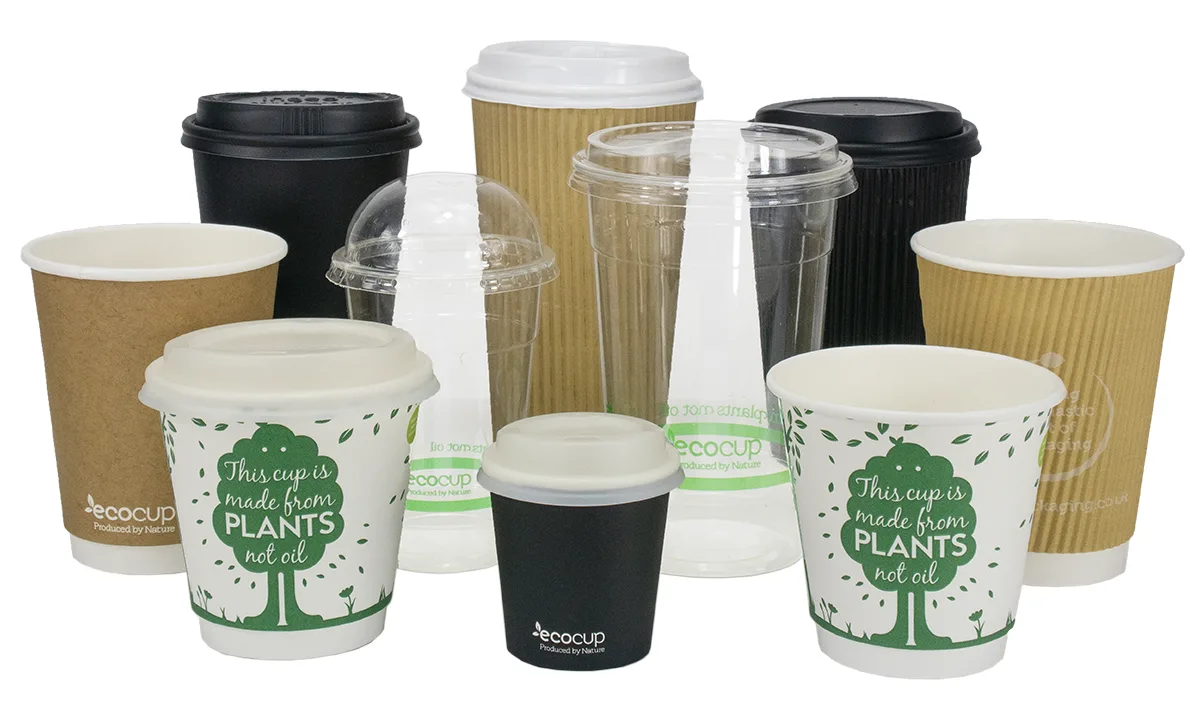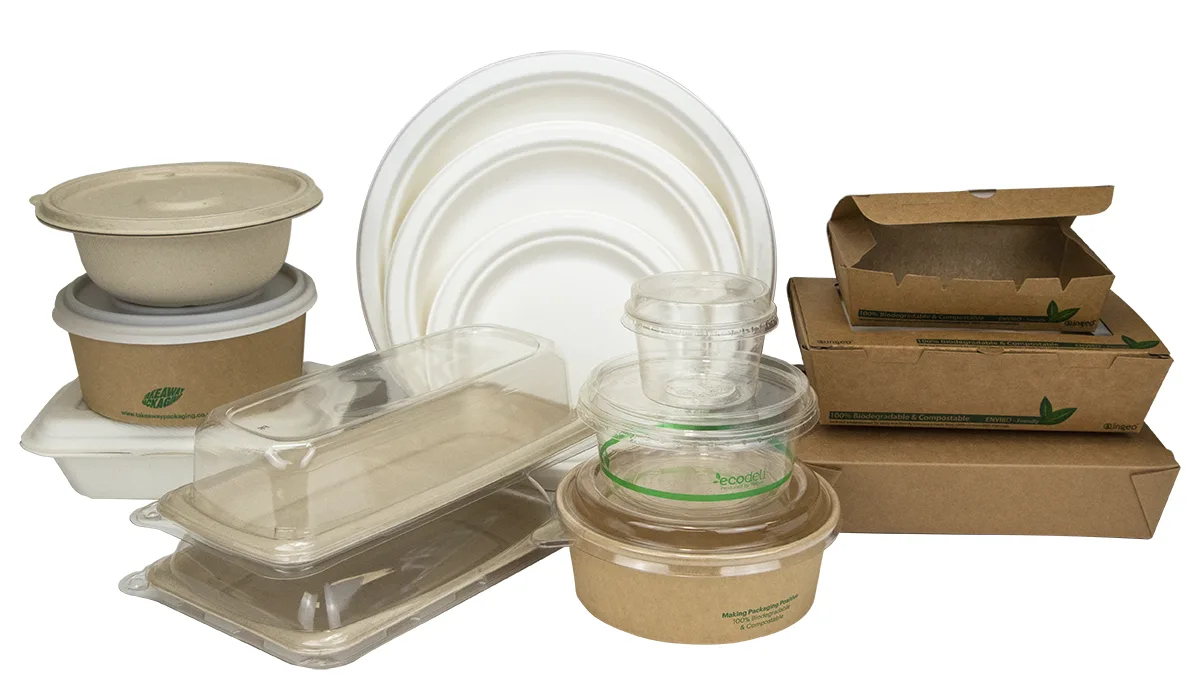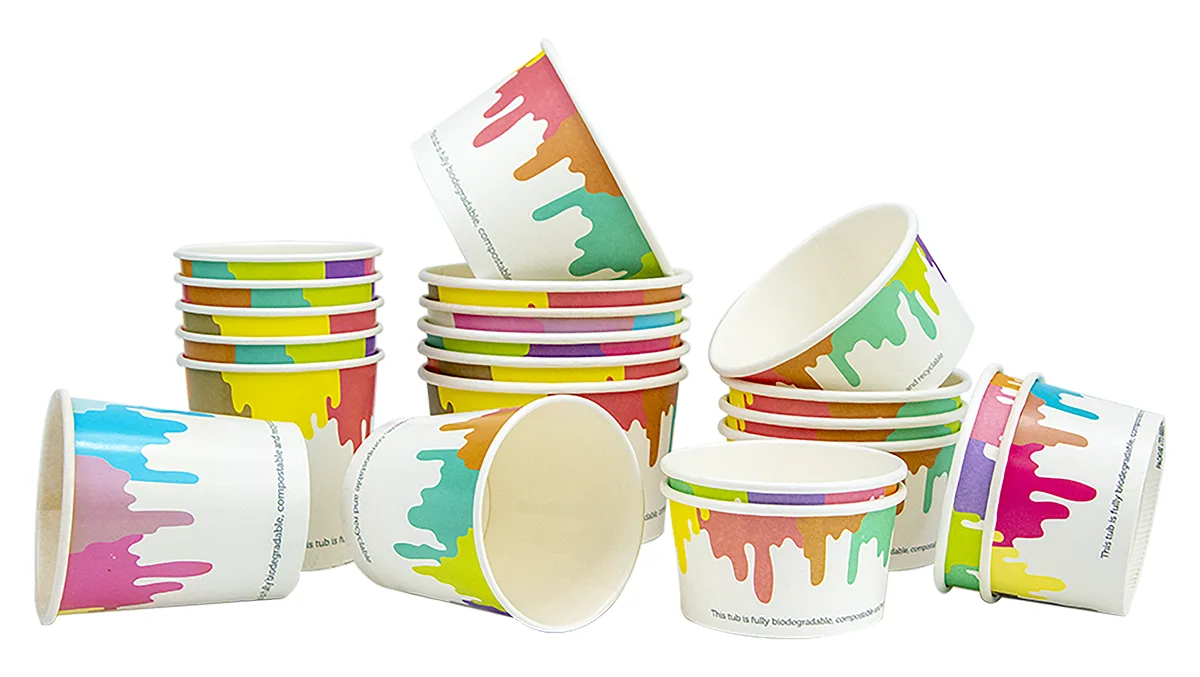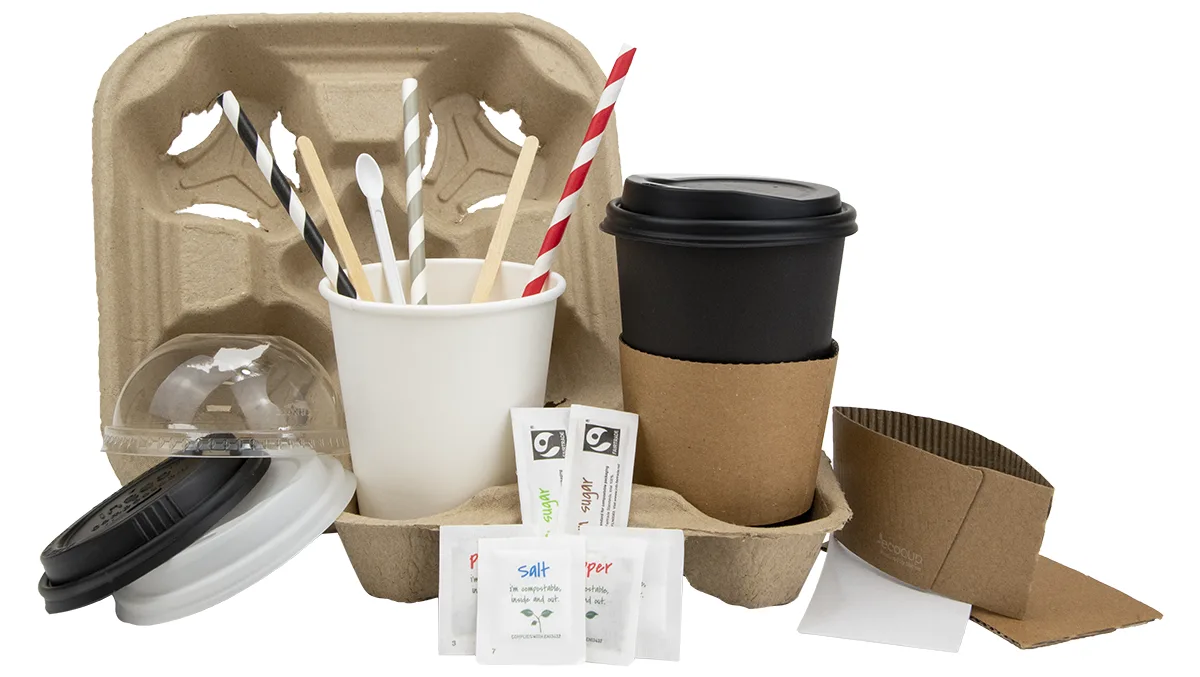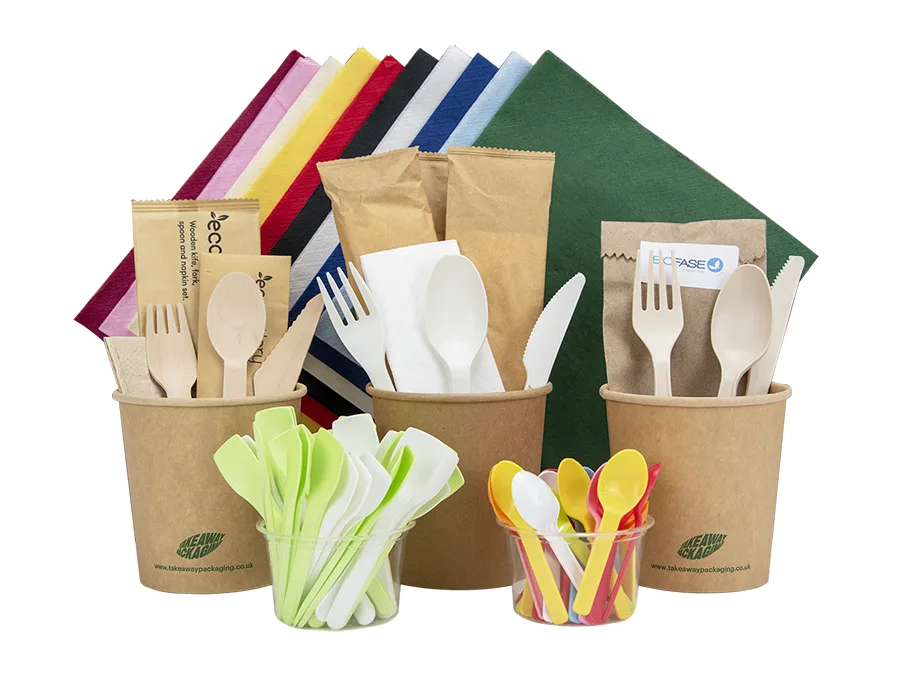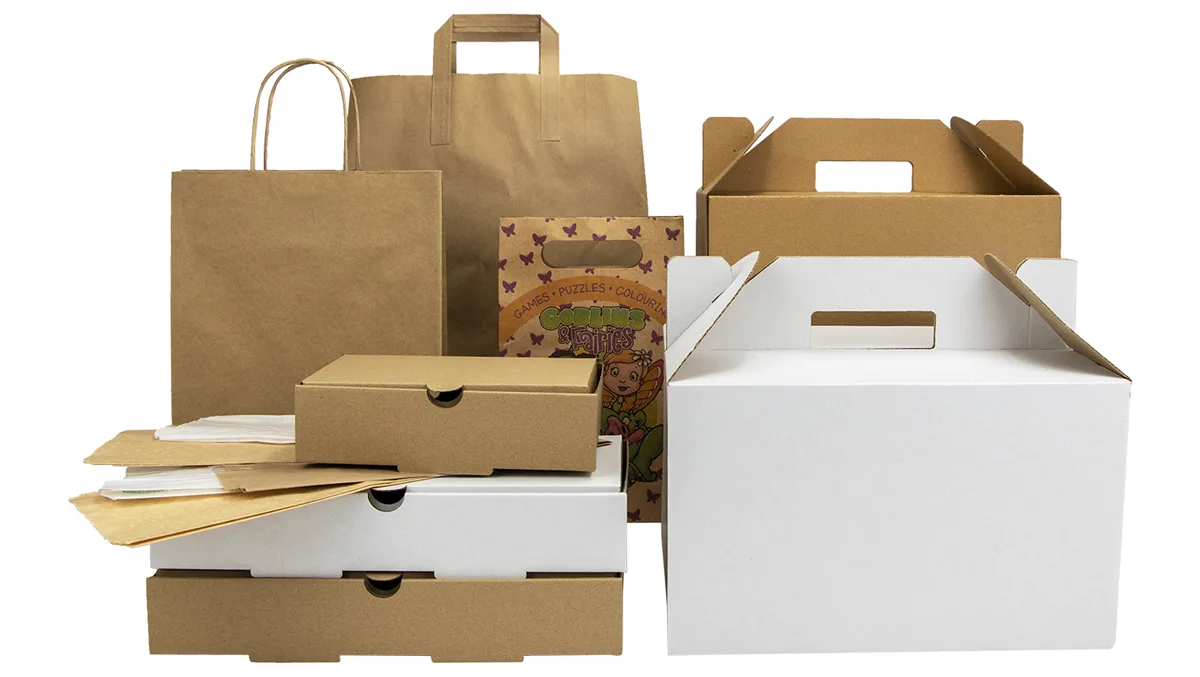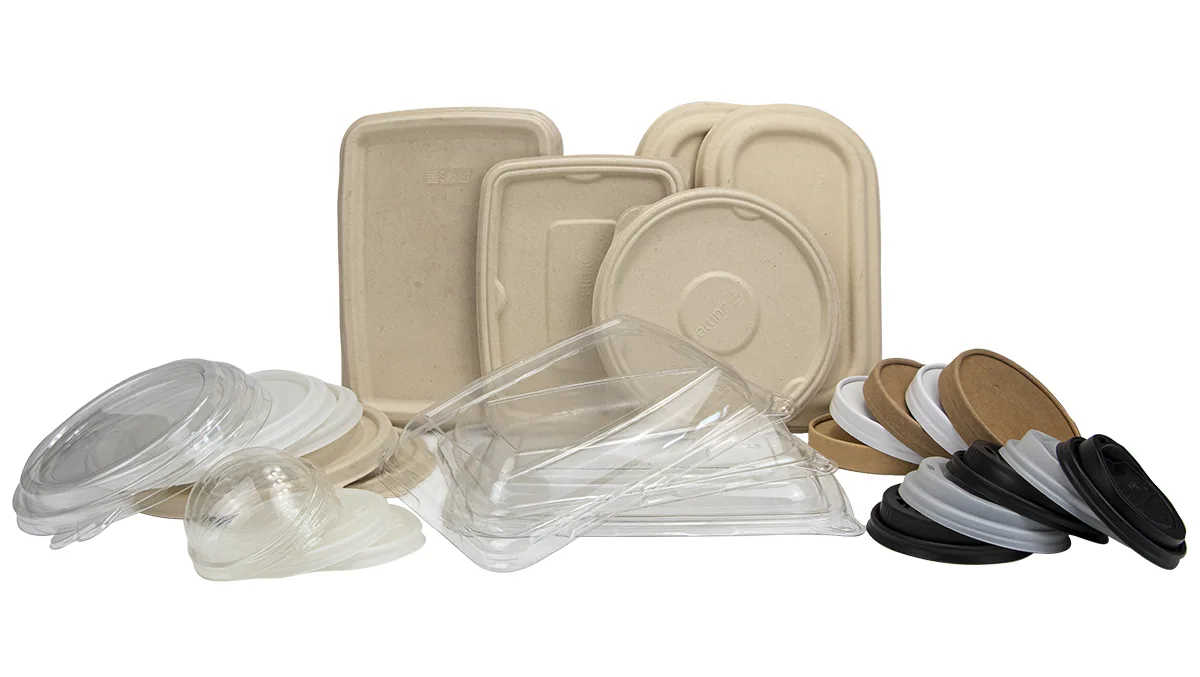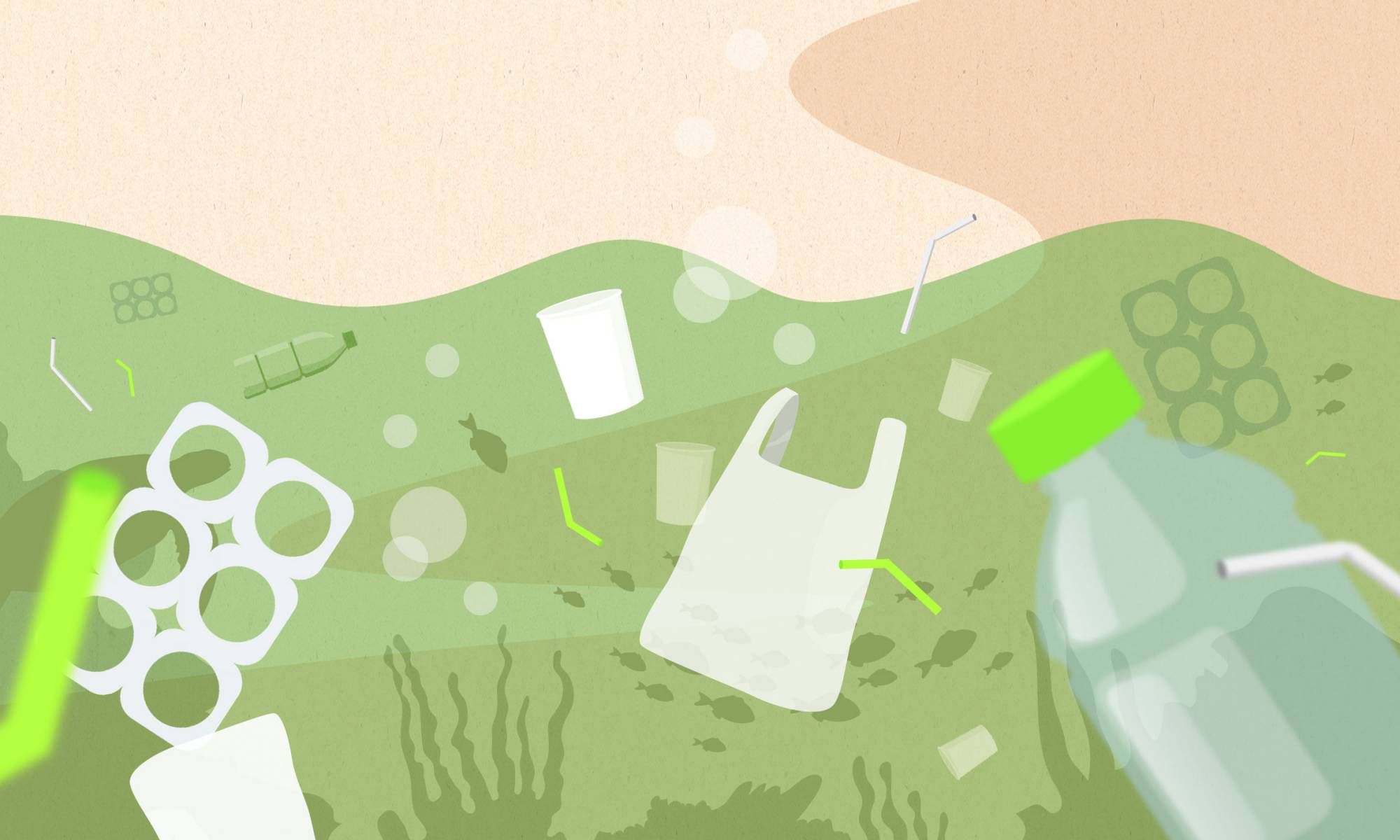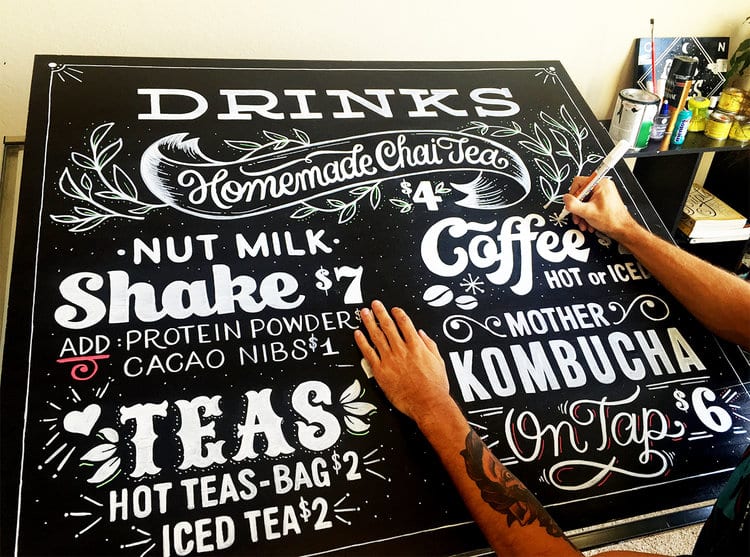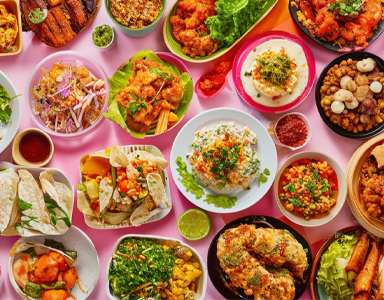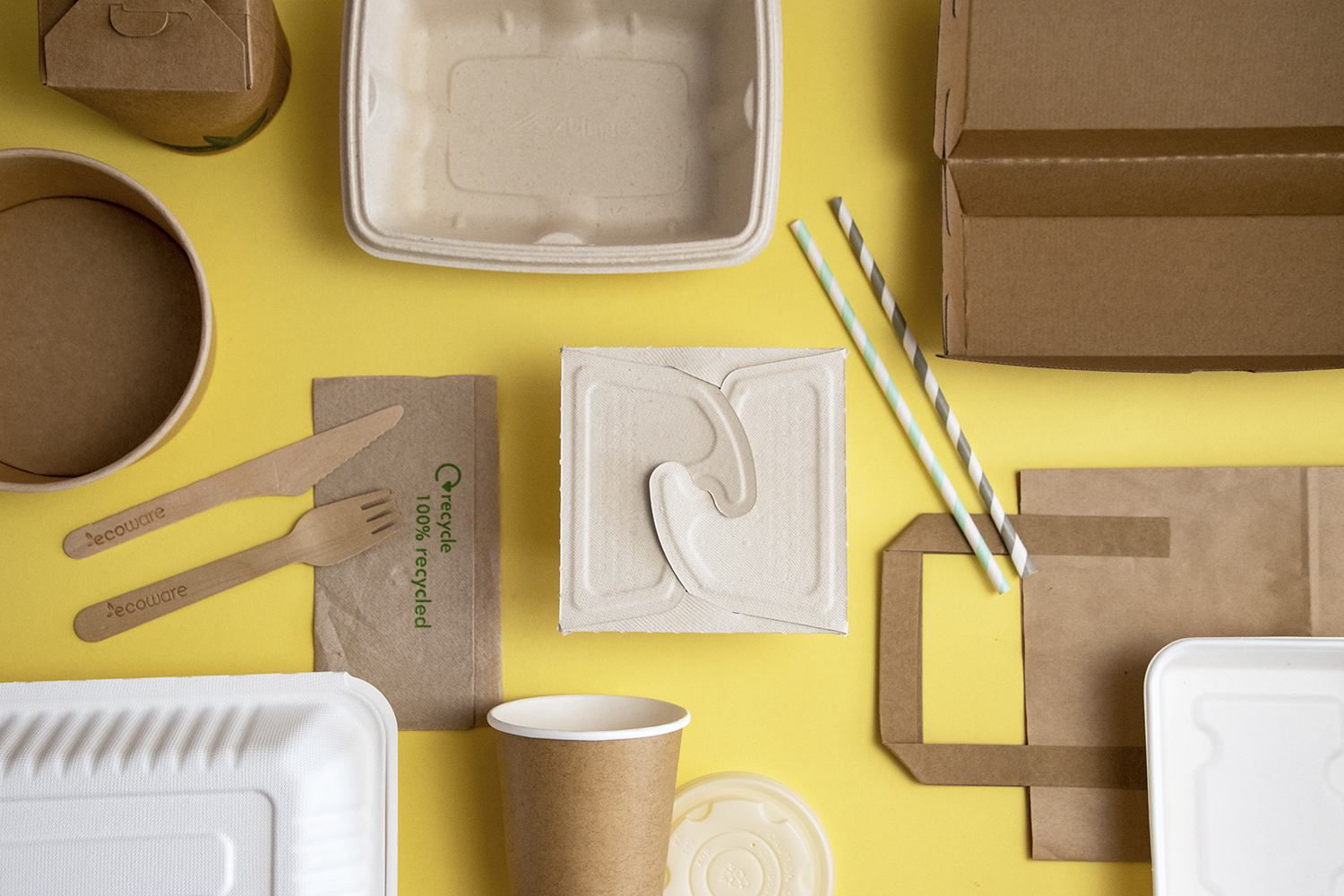We love sharing positive environmental changes — big or little — but today, we’ve got some major goss to spread for all the right reasons. The UK government has announced that plastic straws, plastic-stemmed cotton buds and plastic drinks stirrers will be banned in April 2020 in an effort to reduce plastic waste.
Keep reading as we take a look at the most important statistics related to this piece of government legislation. These numbers explain why this ban is crucial, right now, for the safety of our planet and its inhabitants. Short on time? Don’t worry, you can scroll to the end of the article for our very own infographic on the topic. But remember, changes like this will give us all more time, in the long run, to enjoy our natural surroundings.
The Basics – What You Need to Know about the Plastic Straw Ban
The ban is part of the UK’s 25-year environment plan, first proposed by former prime minister Theresa May. This is a huge scheme that will span an entire generation and, obviously, has more than just the abolishment of three types of single-use plastics on its agenda. Among the targets of the 25-year environment plan are goals relating to clean air, clean water, plants, wildlife, environmental hazards, heritage, climate change, waste, minimising chemical exposure and enhancing biosecurity. What a list! With that said, banning plastic straws, stirrers and buds is a huge leap forward. and we’ll explain why a little later on in this blog. The government is hoping that the ban and other future pieces of legislation will see the same success as the plastic carrier bag charge, which has reduced the sale of plastic bags by 83%.
This particular ban was confirmed by the Environment Secretary Michael Gove in late May. You can read more about the announcement on the government website, which is paired with shocking environmental stats, including the estimated 4.7 billion plastic straws that England uses each year. And if you think that sounds like a lot, the United Kingdom is estimated to use an even greater 8.5 billion plastic straws annually.
In April, all shops, including supermarkets, will not be allowed to sell the three items listed on the ban (apart from some necessary exceptions we’ll cover in a moment). If you’re a company owner facing the ban, it’s a good idea to start exploring straw alternatives, including metal, bamboo and paper straws, if necessary. The same goes for drinks stirrers. Environmental cotton buds should be stocked instead of their plastic-stemmed counterparts.
If you’re an individual consumer, it might be best to purchase and carry around your own straw alternative, as many other environmentalists have long been doing.
The Exceptions – Why Some People Can Still Use Banned Items
The ban will have a few exceptions for some of the items on the list.
After a public consultation raised concerns about straw use for those who need them for medical reasons, the rules on the straw ban changed. People with either medical reasons or disabilities will be exempt. Why? For people with immobility issues, using a flexible straw made from plastic makes it easier to drink and avoid dehydration. For this reason, restaurants and registered pharmacies will be able to provide plastic straws to these customers on request.
Although the ban on plastic stirrers will be a total ban — meaning there are no circumstances when these items should be sold, plastic-stemmed cotton buds are permitted in some cases. Plastic-stemmed cotton buds will be accessible to medical and scientific laboratories for research and forensic purposes. Single-use plastics are widely used in healthcare because of the material’s hygienic and durable nature (in fact, we wrote an entire blog post on the good points of plastic). It’s because of this that plastic-stemmed cotton buds are still deemed necessary for accuracy in testing and criminal cases.
The Reality – Why It’s Important to Get Rid of These Items
Why’s this ban so important? Well, we all know that without the implementation of an official ban, the cycle of plastic waste we’re currently experiencing will continue.
The cycle goes like this: single-use plastics are broken down into fragments by exposure to UV rays and oxidation. The small particles of plastic — also known as microplastics — then pass through fine screens and enter our waterways. Once in rivers and seas, marine animals are unable to distinguish the tiny particles from food. At this point, plastic enters the food chain, resulting in the death of thousands of animals.
If this isn’t shocking enough, this then poses a further risk to humans, as we can potentially ingest plastic through our food and water supply. According to Healthline, people are at risk of ingesting around five grams of microplastics per week — the equivalent of a credit card. Why is this bad? Different types of plastics disrupt hormones and can introduce pollutants to the body.
The truth is that we’ve known for a while now the terrible effects of microplastics, but drastic measures will only be taken when a mass of evidence creates a case strong enough to be debated in Parliament and, ultimately, be backed by the public and industry officials.
The Numbers – The Shocking Statistics behind the Ban
So here’s the strong case that we’re talking about — we’ve put it together in one long infographic. That’s right, we’ve decided that the figures do enough talking on their own and don’t need any explanation. However, if you do want to brush up on your knowledge and become an environmental expert, we’ve listed all of the sources below.

Fed up of fake news? Help us spread the facts. You can use our easy-to-embed code to share this infographic on your blog. Why not share this article link on your socials? We dare you.
Share this Image On Your Site
Keep up to date by following us on social media.
@TakeawayPack on Twitter
@takeawaypackaging on Facebook
@takeawaypackaging on Instagram
Contact Us
Sign up for News & Special Offers


